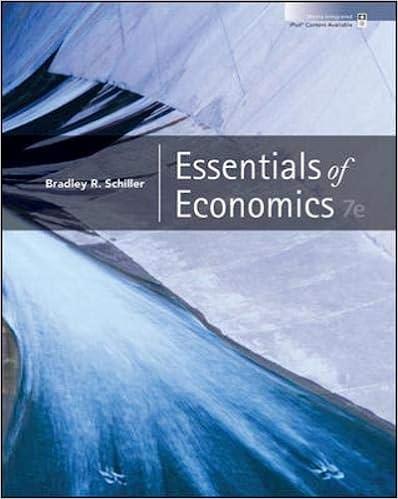Question
Consider a monopolistic manufacturer with marginal cost MC = 10. Inverse-demand in this market is given by pD(Q) = 110-(1/20)Q. Any retailer operating in this
Consider a monopolistic manufacturer with marginal cost MC = 10. Inverse-demand in this market is given by pD(Q) = 110-(1/20)Q. Any retailer operating in this market has marginal cost equal to the wholesale price, and no fixed costs. You may assume that there are no advertising externalities, etc. with multiple retailers.
(a) Suppose that the (monopolistic) manufacturer sells directly to consumers. What price and quantity does it set? What is its profit?
(b) Now suppose that the manufacturer sells to a retailer, who then acts as a monopolist in selling to consumers. The manufacturer is a price setter in its trade with the retailer and is restricted to charging a per-unit wholesale price (with no fixed fee). Taking into account the retailer's actions,
what is the wholesaler's inverse-demand curve, w(Q)?
(c) What wholesale price, retail price, and quantity are ultimately set when the retailer is present?
(d) Suppose that a second retailer enters, and that there is now Bertrand competition between the retailers. The manufacturer is still restricted to charging a per-unit wholesale price (with no fixed fee). Qualitatively, how do manufacturer prots compare to the case where the manufacturer sells directly to consumers? (I.e., are they higher, lower, or unchanged?)

Step by Step Solution
There are 3 Steps involved in it
Step: 1

Get Instant Access to Expert-Tailored Solutions
See step-by-step solutions with expert insights and AI powered tools for academic success
Step: 2

Step: 3

Ace Your Homework with AI
Get the answers you need in no time with our AI-driven, step-by-step assistance
Get Started


